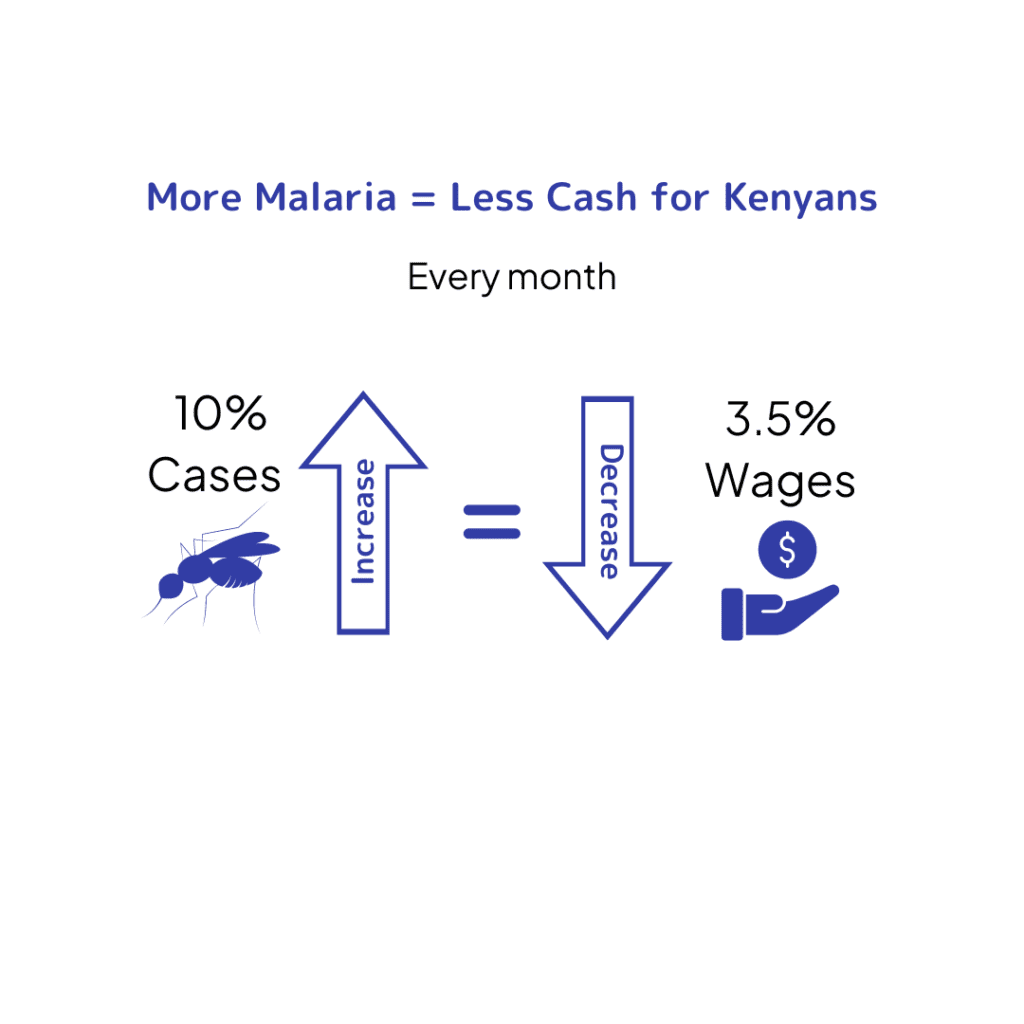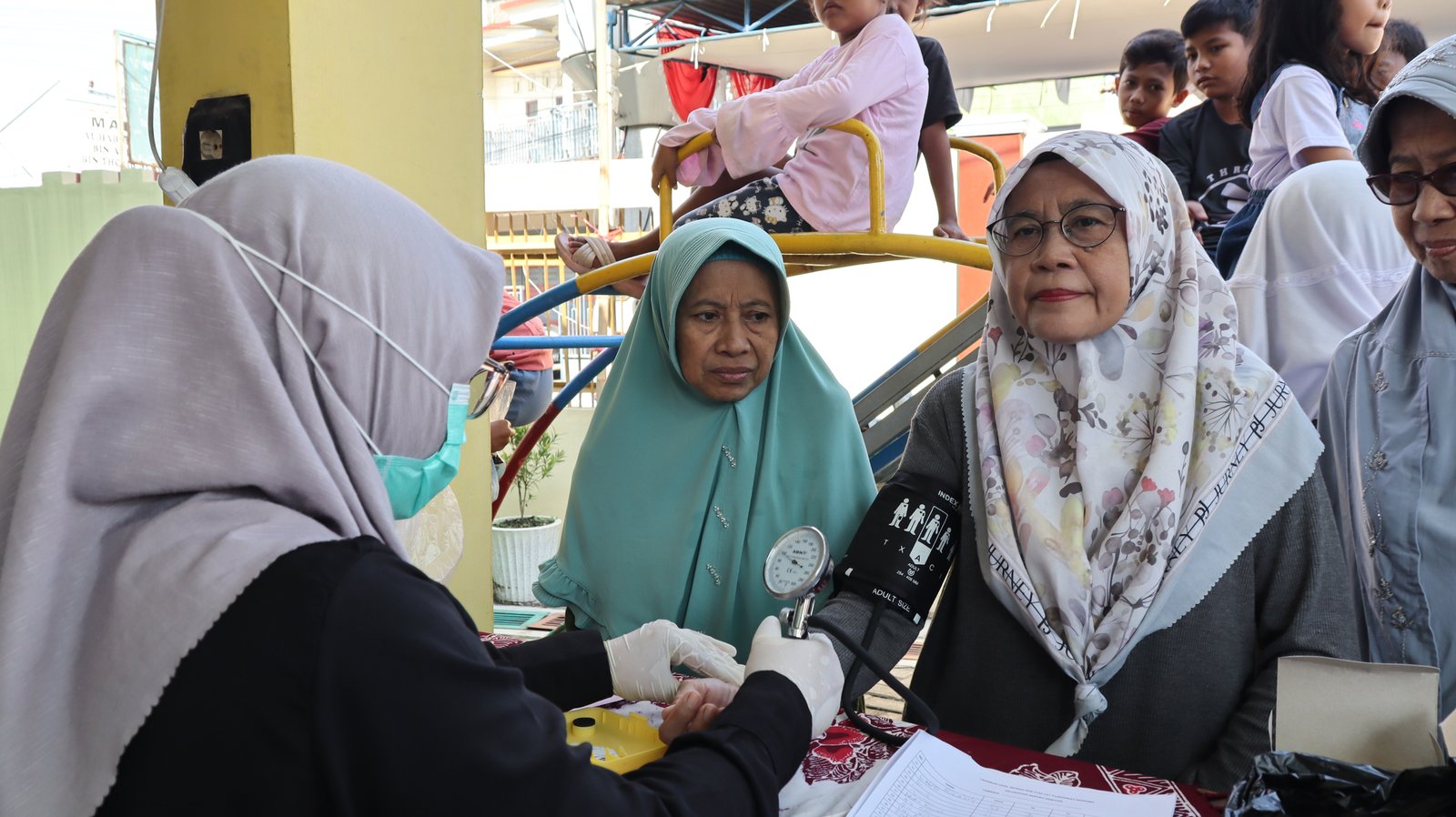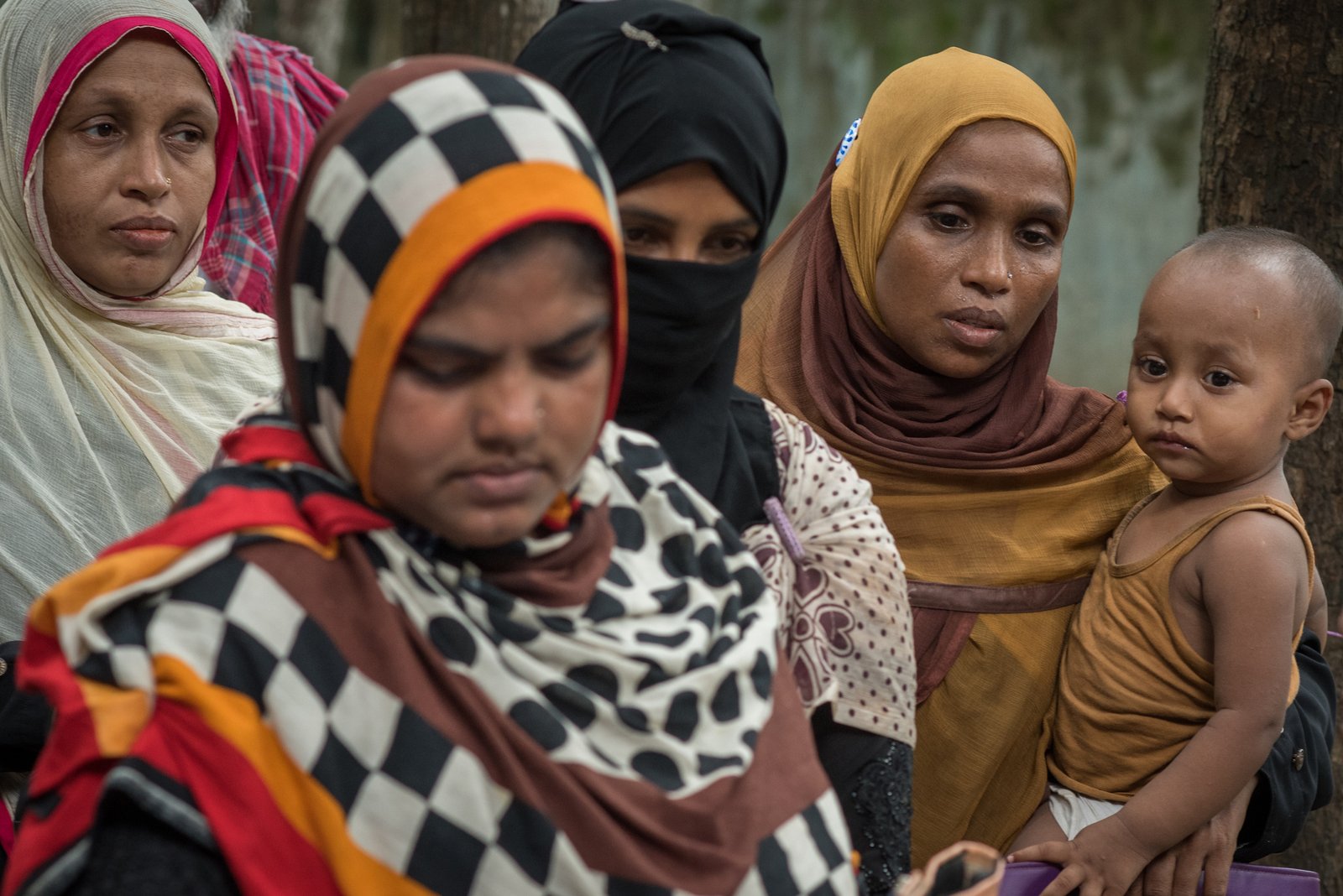Many Kenyans are left destitute by malaria. The disease further causes short- and long-term damage to the national economy. This article quantifies the enormous economic and social burden of malaria for Kenya with figures that highlight the urgent need for preventative measures, like vaccines.
The annual marking of World Malaria Day on 25th April serves as a reminder that thousands of people still die each year from a disease that is both preventable and curable. In addition, the financial burden of the disease is estimated to push over 100 million people globally below the poverty line every year as a result of out-of-pocket health expenditure – which is healthcare costs that they must cover themselves.
The Kenyan government has introduced several initiatives designed to ensure that everyone has access to quality health services without suffering financial hardship. The Universal Health Coverage (UHC) programme is the most recent of these initiatives. It had been piloted in four out of 47 counties by 2022 but has not been rolled out nationally due to resource constraints. The National Health Insurance Fund (NHIF), which is in charge of implementing the UHC, offers rudimental financial security. However, the fund only offers limited financial protection, with the poor, those over 60 years old and patients with chronic illnesses having the least access.
Malaria is also a serious impediment to national economic growth. This article provides a clearer sense of the scale of the disease and its true costs to society – costs that strengthen the case for vaccines and other preventative measures. In turn, these measures will not only save lives and improve well-being, but will also prevent the economic damage inflicted by malaria on households and society. The insights in this article can assist policymakers in developing policy measures such as reforms in NHIF, coupled with carrying out research, especially in the area of malaria vaccination.
Malaria prevalence in Kenya
The World Health Organization states that nearly every minute a child dies from malaria in Africa. In Kenya, approximately 70% of Kenya’s population is at risk for malaria. According to the Kenya Economic Survey 2023, malaria accounted for the second highest disease caseload at 11.7% in 2022. Annual household surveys show a reduction in malaria parasite prevalence from 8% in 2015 to 5.6% in 2020. Among other factors, the World Health Organization attributes the downward trend in malaria prevalence to the introduction of the malaria vaccine in 2019. However, the declining rate has slowed down since 2017. This trend highlights the need for alternative sustainable preventable measures in order to reduce and eliminate malaria prevalence in Kenya.
The costs of malaria in Kenya: indirect and direct
Both individuals and the economy as a whole suffer direct and indirect expenses as a result of malaria. Direct costs refer to expenses incurred due to medically managing the disease, while indirect costs are expenses that are incurred due to other losses. These costs range from lost wages, through to lost productivity and expenditures including the need for childcare that would not otherwise be incurred.
A study on Kenya estimated that the direct economic cost of malaria to both government and households in children as young as five years old was approximately US$251 million in 2009. The total direct costs of malaria account for 43.5% of the total estimated cost while indirect costs, including deaths, make up 56.5% of total costs. Death contributes to indirect costs because the household and society loses the future lifetime earnings of the individual.
The direct health care cost results in higher out-of-pocket expenditure, especially where public service delivery fails. This expenditure eats into households’ disposable income, that they may have otherwise spent on products and services that better support the economy.
Researchers have estimated the indirect cost of malaria, where a 10% rise in malaria prevalence lowers monthly individual wages by 3.3% to 3.8%. In Kenya, malaria results in an annual loss of over 170 million working days. According to economists, malaria causes a “growth penalty” of up to 1.3% annually in some African nations. This loss over time, results in significant GDP disparities between countries with and without malaria. In the education sector, malaria is estimated to contribute from between 5% to 8% of all absenteeism among school-going children. This is equivalent to 50% of all preventable absenteeism.
Conclusion
It is critical that the methods aimed at eliminating malaria are expedited given its significant economic impact. It is evident that the majority of Kenyans cannot afford to pay out-of-pocket. The annual increase in funding for the health sector should be supported by data and prioritized towards access, uptake and use of malaria preventive interventions to reduce the socioeconomic burden of malaria. The impact of malaria vaccination cannot be understated and the national rollout of the malaria vaccine should be targeted to increase coverage from eight to all 47 counties.








